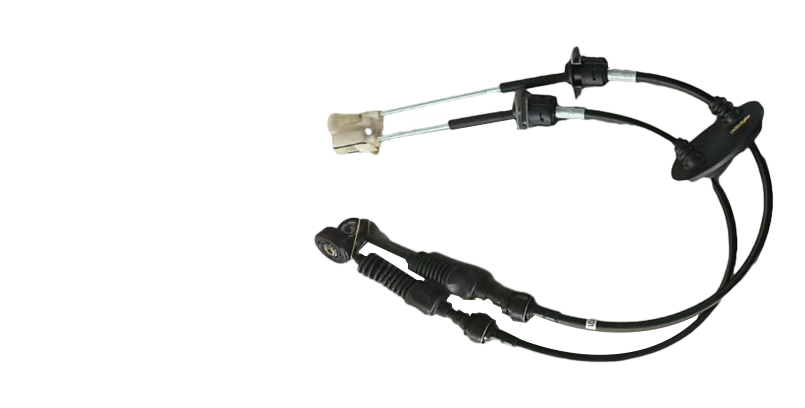Understanding the Impact of a Changing Shifter Cable on Vehicle Performance
Changing the Shifter Cable A Comprehensive Guide
If you’re an automobile enthusiast or simply a vehicle owner trying to maintain your car, you may eventually encounter the need to change your shifter cable. The shifter cable plays a crucial role in the functionality of your vehicle’s transmission system. It connects the gear shifter inside the cabin to the transmission, enabling the driver to change gears seamlessly. Over time, wear and tear can affect the performance of this cable, leading to difficulties when shifting gears or, in some cases, complete breakdown. In this article, we will guide you through the process of changing your shifter cable, ensuring your vehicle operates smoothly and efficiently.
Identifying the Need for a Change
Before diving into the replacement process, it’s essential to determine if your shifter cable needs changing. Common signs include difficulty in shifting between gears, if the gear shifter feels loose or disconnected, or if you hear unusual noises when shifting. If you notice any of these symptoms, it’s advisable to inspect the shifter cable for wear or damage.
Tools and Supplies Needed
To effectively change your shifter cable, gather the following tools and supplies
- Replacement shifter cable - Socket set - Screwdrivers (flathead and Phillips) - Pliers - Wrench set - Jack and jack stands - Safety goggles - Gloves
Step-by-Step Process
Step 1 Safety First
Before starting any work on your vehicle, ensure you’re in a safe environment. Park on a level surface, engage the parking brake, and disconnect the negative terminal of the battery to avoid any electrical issues. Wear safety goggles and gloves to protect yourself from potential harm.
Step 2 Lift the Vehicle
Using a jack, lift the front of the vehicle and secure it on jack stands. This will provide you ample space to work underneath, particularly if you need to access the transmission’s underside.
changing shifter cable

Step 3 Access the Gear Shifter
Start inside the vehicle by removing the gear shifter console. This often involves removing screws or clips that hold it in place. Carefully disconnect any wiring harnesses connected to the console. Once removed, you should have a clear view of the shifter cable connection.
Step 4 Detach the Old Shifter Cable
Locate the points where the shifter cable connects both to the shifter and the transmission. Use appropriate tools to detach the cable from both ends. Take note of how the cable is routed so that you can replicate this with the new cable.
Step 5 Install the New Shifter Cable
With the old cable removed, it’s time to install the new one. Route the new shifter cable in the same pathway as the old one, ensuring that it doesn’t come into contact with any moving parts or sharp edges that could cause wear. Connect the new cable at both ends, ensuring a secure fit.
Step 6 Reassemble the Gear Shifter Console
Once the cable is installed, return to the interior of the vehicle and reattach the gear shifter console. Ensure all wiring harnesses are connected and that the console is firmly in place. This step might require some trial and error to ensure it all fits together nicely.
Step 7 Test the Installation
Before closing up, it’s crucial to test the new shifter cable. Reconnect the negative battery terminal and start the vehicle. While keeping your foot on the brake, try shifting through all the gears. Make sure everything operates smoothly without any unusual resistance or noises.
Conclusion
Changing the shifter cable can seem daunting, but with the right tools and a bit of patience, it’s a manageable task for most vehicle owners. Maintaining your shifter cable not only ensures your vehicle operates effectively but also enhances your driving experience. If you’re ever in doubt about the procedure, consider consulting a professional mechanic. Regular inspections and maintenance can extend the life of your vehicle's components and keep it running in top condition.
-
Workings of Clutch Pipe and Hose SystemsNewsJun.04,2025
-
The Inner Workings of Hand Brake Cable SystemsNewsJun.04,2025
-
The Secrets of Throttle and Accelerator CablesNewsJun.04,2025
-
The Hidden Lifeline of Your Transmission Gear Shift CablesNewsJun.04,2025
-
Demystifying Gear Cables and Shift LinkagesNewsJun.04,2025
-
Decoding Clutch Line Systems A Comprehensive GuideNewsJun.04,2025
